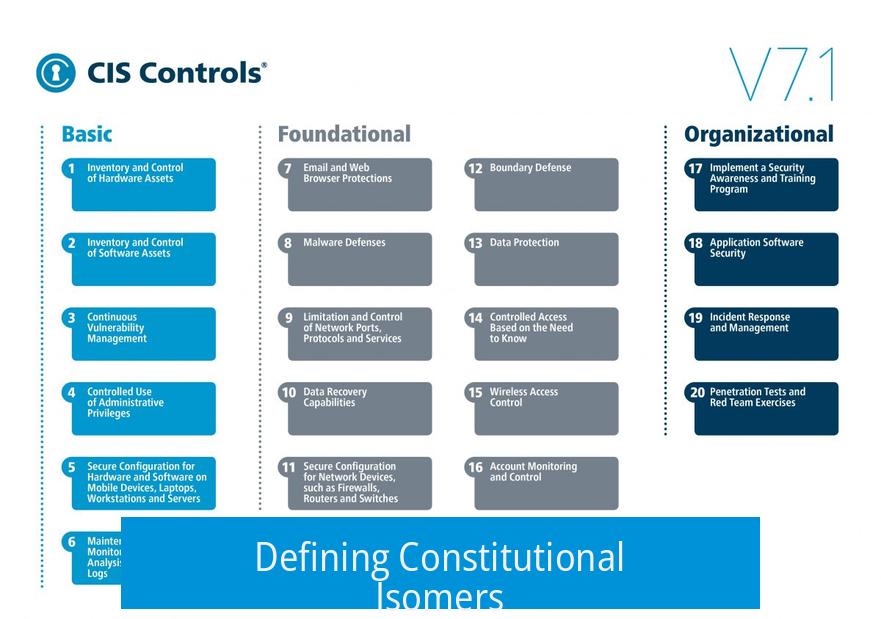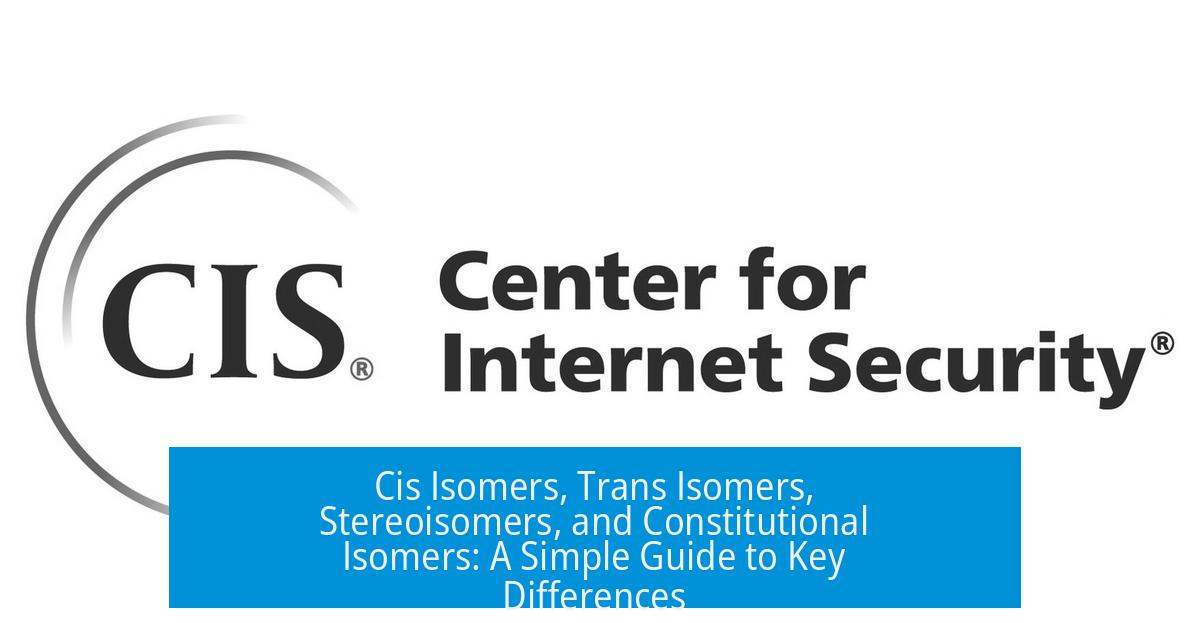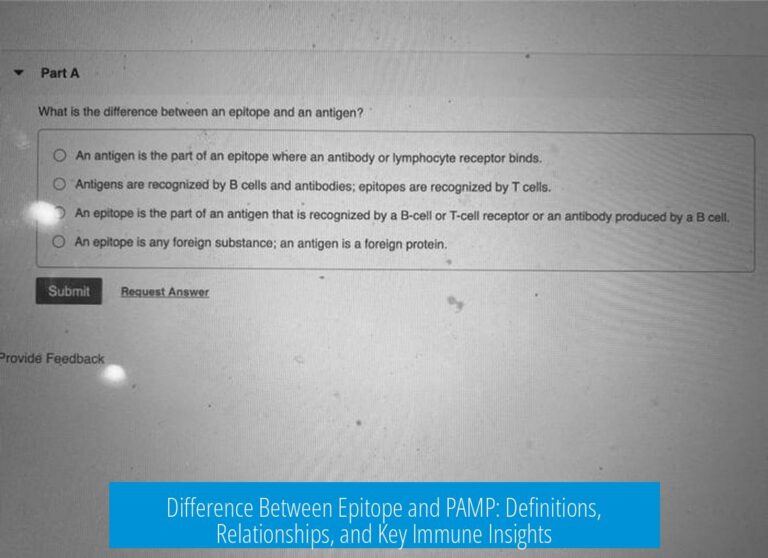Cis Isomers vs Trans Isomers vs Stereoisomers vs Constitutional Isomers

Cis isomers, trans isomers, stereoisomers, and constitutional isomers differ primarily by their atomic connectivity and spatial arrangements. This distinction is fundamental in chemistry and impacts molecular properties significantly.
Understanding Cis and Trans Isomers
Cis and trans isomers are a subtype of stereoisomers. They refer to compounds where two substituents are arranged differently around a double bond or ring structure.
- Cis isomers have substituents on the same side of a double bond or ring.
- Trans isomers have substituents on opposite sides.
These terms are most common in disubstituted alkenes but can also describe diastereoisomers in alicyclic rings. For complex alkenes with multiple substituents, the E/Z system provides a clearer, less ambiguous naming method.
What Are Stereoisomers?
Stereoisomers share the same atomic connectivity but differ in the spatial arrangement of these atoms. This causes distinct physical and chemical properties despite having identical molecular formulas.
An example includes cis-1,2-dimethylcyclohexane and trans-1,2-dimethylcyclohexane. These molecules have the same connectivity but differ in substituent positions in 3D space, influencing their reactivity and interactions.
Defining Constitutional Isomers

Constitutional isomers, also known as structural isomers, differ fundamentally from stereoisomers. Their atoms connect in different orders leading to unique structures and properties.
A classic example is butane and 2-methylpropane. Both share the formula C4H10 but differ in how carbon atoms link, resulting in different boiling points and chemical traits.
Key Differences in Summary
| Isomer Type | Connectivity | Spatial Arrangement | Examples |
|---|---|---|---|
| Cis/Trans Isomers | Same | Substituents on same (cis) or opposite (trans) sides | Disubstituted alkenes, alicyclic rings |
| Stereoisomers | Same | Different orientation in space | cis-1,2-dimethylcyclohexane vs trans-1,2-dimethylcyclohexane |
| Constitutional Isomers | Different | N/A, different atomic connectivity | Butane vs 2-methylpropane |
Summary Points
- Cis and trans isomers are stereoisomers with specific substituent positions relative to a double bond or ring.
- Stereoisomers share the same connectivity but differ spatially.
- Constitutional isomers differ in the order atoms connect.
- The distinction affects molecular properties and naming conventions, such as the choice between cis/trans and E/Z notation.
Cis Isomers vs Trans Isomers vs Stereoisomers vs Constitutional Isomers: A Clear-Cut Guide

Ever wondered what sets cis isomers apart from trans isomers, or how these two fit into the bigger picture of stereoisomers and constitutional isomers? Let’s cut through the chemical jargon and clarify these terms. Cis isomers, trans isomers, stereoisomers, and constitutional isomers are all different types of isomers, each with unique characteristics related to how atoms connect and arrange themselves in space.
Understanding these differences isn’t just academic—it’s key for chemists working in drug design, material science, or even cooking up specialty polymers. This blog post breaks down these concepts with simple examples, practical insights, and a sprinkle of humor to keep things lively.
What Are Cis and Trans Isomers?
Start with cis and trans isomers. These are specific types of stereoisomers that describe the spatial arrangement of atoms around a double bond or a ring system. Imagine you have a molecule with substituents attached to a double bond. If the substituents are on the same side, that’s a cis isomer. On opposite sides? That’s the trans isomer.
Take disubstituted alkenes as a typical example. These two isomers can exhibit dramatically different physical and chemical properties. For instance, cis-2-butene has a bending shape, making it slightly polar, while trans-2-butene is straighter and nonpolar. This difference affects their boiling points and solubility.
But chemistry is rarely simple. When dealing with tri- or tetrasubstituted alkenes (meaning three or four groups attached), the E/Z system shines as a less ambiguous alternative to the classic cis/trans naming. So, if you catch yourself scratching your head over cis or trans in complex molecules, think E/Z instead.
Also, don’t forget that cis and trans labeling helps describe diastereoisomers in ring structures, particularly alicyclic rings, where substituents can also point on the same or opposite sides of the ring plane.
Stereoisomers: Sharing the Blueprint, Different Style
Zoom out a bit and here’s where stereoisomers enter the picture. Stereoisomers are molecules that share the same atomic connectivity but differ in the three-dimensional orientation of their atoms. Put simply, they are like identical Lego sets built in different ways.
Our cis-1,2-dimethylcyclohexane and trans-1,2-dimethylcyclohexane friends from earlier are classic examples. Both have the same atoms connected in the same order, but their atoms point differently in space, resulting in distinct physical traits. These nuances influence everything from reactivity to how biological systems recognize molecules.
It’s worth noting that all cis and trans isomers fall under the umbrella of stereoisomers, but not all stereoisomers are necessarily cis or trans. The family is big, and cis/trans is just a neat, well-recognized branch.
Constitutional Isomers: The Rearranged Architects
Switch gears to constitutional isomers. Unlike stereoisomers, constitutional isomers differ in their connectivity—meaning the atoms are bonded differently, leading to separate structures altogether. Think of it as rearranging the rooms in a house completely.
A textbook example is butane versus 2-methylpropane. Both are C4H10, but butane is a straight chain, while 2-methylpropane (also called isobutane) has a branching arrangement. These structural changes give them distinct chemical properties, including differences in boiling points and reactivity.
Summing It Up: What Every Chem Lover Needs to Know
So what distinguishes these isomers at a glance?
- Cis and trans isomers belong to stereoisomers. Differences come from substituents on the same or opposite sides in alkenes or rings.
- Stereoisomers share the same connectivity but differ in spatial arrangement.
- Constitutional isomers have completely different connectivity—atoms are connected in different sequences.
Understanding these distinctions is no small feat. Imagine developing a drug molecule. The wrong stereoisomer might be ineffective or worse, cause side effects. Remember thalidomide? Enantiomers (a kind of stereoisomer related to cis/trans) had devastating impacts.
Final Thoughts: Why Care About These Differences?
Why should anyone care about these chemical differences? Because they dictate the behavior of molecules in the world. Properties such as smell, taste, melting and boiling points, and biological activity hinge on these subtle distinctions.
For students, grasping these concepts simplifies understanding organic chemistry. For professionals, it’s about precision. For everyone else, it’s about recognizing how tiny spatial shifts lead to big real-world effects.
Curious about how these concepts apply beyond textbooks? Take your favorite vegetable oil blends or fragrance mixtures—they often depend heavily on the presence of specific isomers to achieve desired properties. Chemistry is everywhere, sometimes hiding behind the simplest terms.
Quick Tips for Remembering:
- Identify connectivity: Different connectivity? Think constitutional isomers.
- Check spatial arrangement: Same connectivity but different 3D layout? You’re dealing with stereoisomers.
- For double bonds or rings: Look for cis (same side) or trans (opposite side) to classify stereoisomers.
- Use E/Z system: For complex substituted alkenes, rely on the E/Z notation to avoid confusion.
Feel empowered yet? Go ahead, spot these isomers next time you dive into organic chemistry, and remember—science is about seeing the unseen arrangements that shape our material world.
What distinguishes cis isomers from trans isomers?
Cis and trans isomers differ in the relative positions of substituents around a double bond or ring. In cis isomers, substituents are on the same side; in trans, they are on opposite sides. Both are types of stereoisomers.
How do stereoisomers differ from constitutional isomers?
Stereoisomers share the same atom connectivity but differ in spatial orientation. Constitutional isomers have different connections between atoms, meaning their structures are fundamentally different.
Can cis and trans isomers describe alicyclic ring compounds?
Yes, cis and trans terms also apply to diastereoisomers of alicyclic rings, such as cis-1,2-dimethylcyclohexane versus trans-1,2-dimethylcyclohexane, reflecting different spatial arrangements.
Why is the E/Z system preferred over cis/trans for some alkenes?
The E/Z system is more precise for tri- and tetrasubstituted alkenes. Cis/trans can be ambiguous when more than two substituents are present because it doesn’t account for priority differences.
Give an example differentiating constitutional isomers.
Butane and 2-methylpropane are constitutional isomers. They have the same molecular formula but different connectivity, resulting in distinct chemical structures.





Leave a Comment